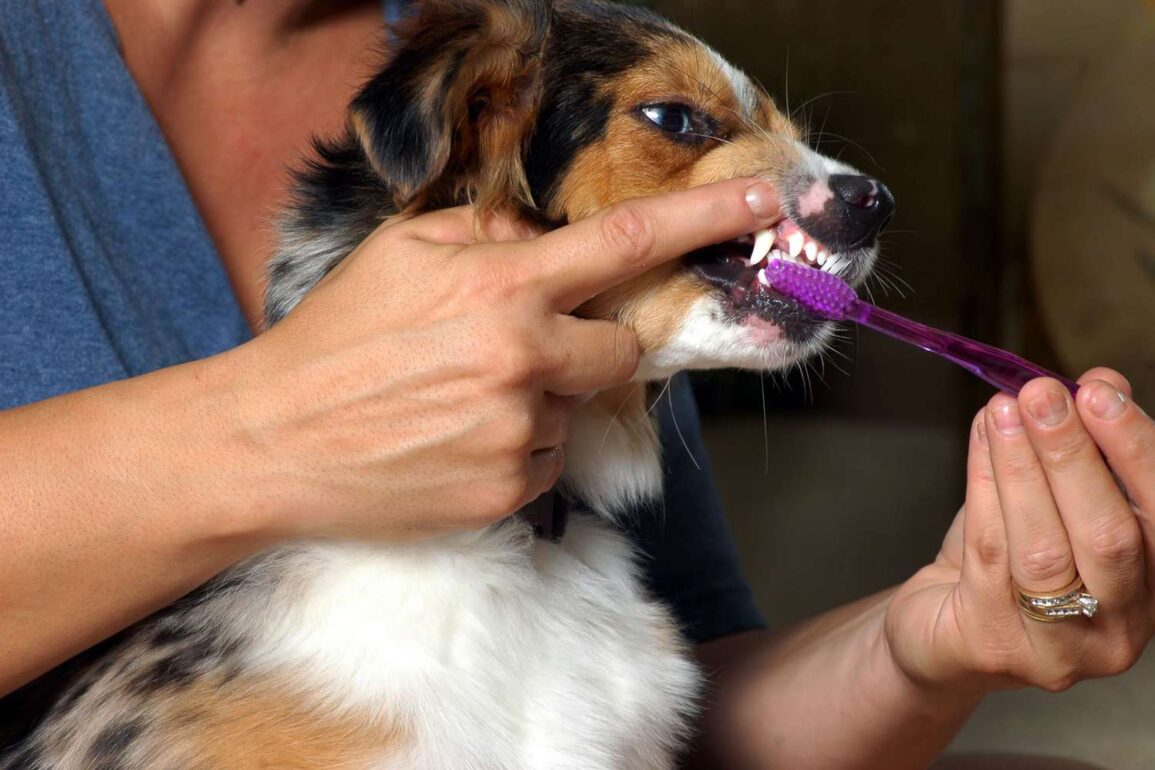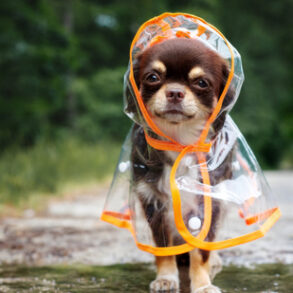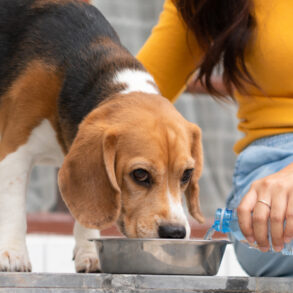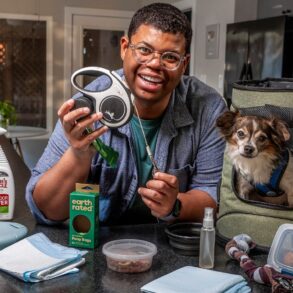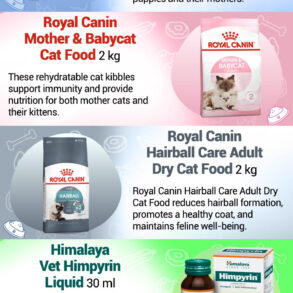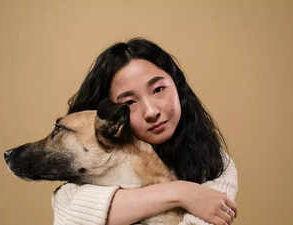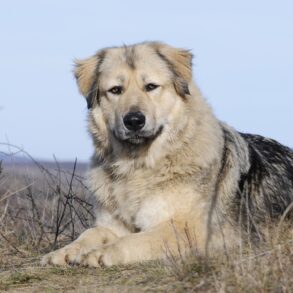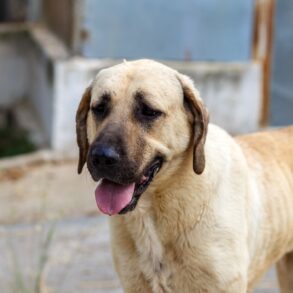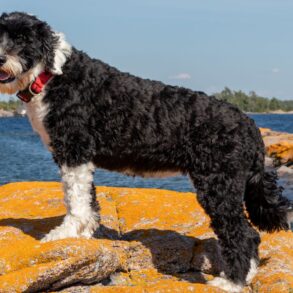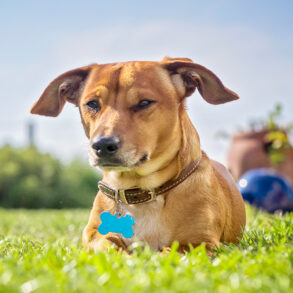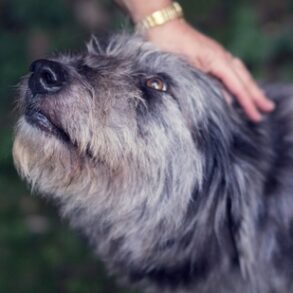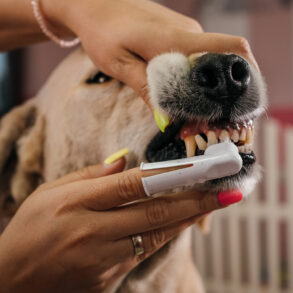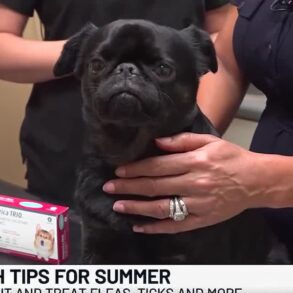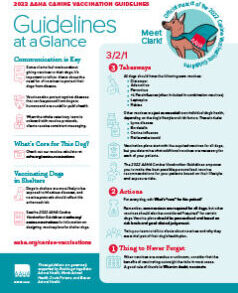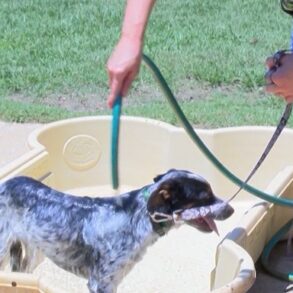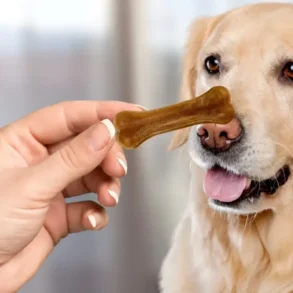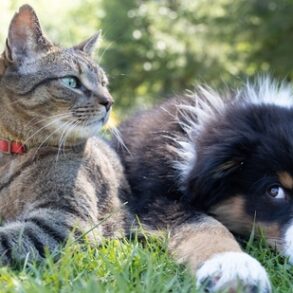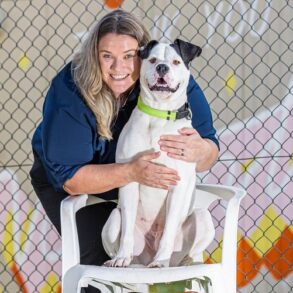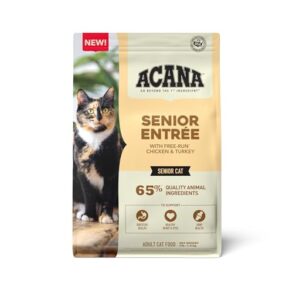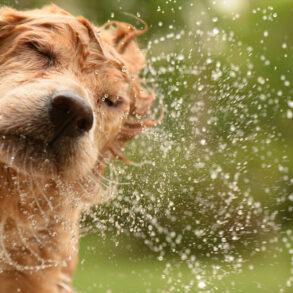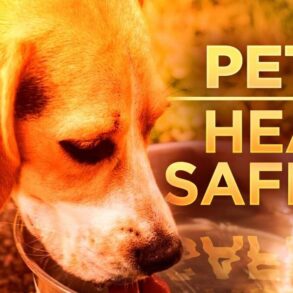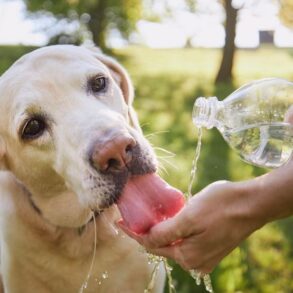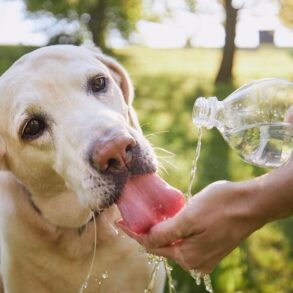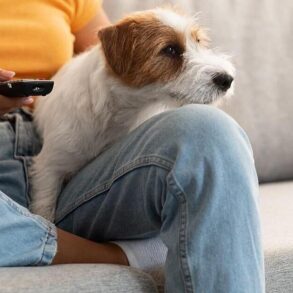
Brushing your dog’s teeth is an important part of keeping your dog healthy. It’s probably the single best thing you can do to keep your dog’s mouth in good physical condition. And it has other health benefits too.
“For their whole body system, having clean teeth is for the best,” says Angelica Dimock, DVM, and the managing shelter veterinarian at the Animal Humane Society located in the Twin Cities in Minnesota. “Less anesthesia for the dental cleanings. Less bacteria that they’re swallowing all the time. All that inflammation in the mouth, that’s not healthy for an animal.”
How to Prepare Your Dog for Teeth Brushing
First, don’t expect your dog to immediately get on board with teeth cleaning. It can take plenty of time for your dog to adjust to having his teeth brushed. “Take it slow,” Dimock says. “Don’t expect to be brushing the dog’s teeth after the second day. Some people expect that and then they give up pretty quickly.”
Before you even put any toothpaste on your dog’s toothbrush, let him sniff the toothbrush and get used to it. Do that two to three times per day for a few days. Next, put some dog-specific toothpaste on the brush and let him lick it off. Then, you can put the toothbrush with toothpaste on it in your dog’s mouth, Dimock says. After seven to 10 days, you might be able to start brushing your dog’s teeth. Try to not get discouraged. It can take time to make real progress.
“Even if you just get a few teeth initially. That’s better than nothing,” Dimock says. “You might not be getting all the teeth, but just slowly work into it.”
Start with the front teeth, and then work your way back. Try a few teeth at a time. Eventually, you’ll want to do the entire mouth.
If possible, try to start toothbrushing when your dog is a puppy. Puppies pick up new things faster, and it’s a good habit to get into early.
Make Teeth Brushing Fun for the Dog
If you want to increase the chances your dog will actually like having her teeth brushed, try to make it an enjoyable experience. As with most dog training, positive reinforcement is the key—especially if you have a dog who hates having his teeth brushed.
“The big thing is just making it a fun thing for the dog,” Dimock says. “Make him sit down, and then give him treats. And then do a little brushing, and then give him treats, and then go for a walk or play ball, whatever is super fun for that dog. Make it so that they have to get the teeth brushing before they do something fun. So they know it takes a few minutes out of my day, but then I get to go play ball.”
Dog Teeth Brushing Tools
Be sure to purchase pet-specific toothpaste for your dog. This is critical for one key reason: “The pH in a dog’s mouth is different than the pH of a human’s mouth,” Ashley Rossman, DVM, of Glen Oak Dog & Cat Hospital in Glenview, Illinois, says. Human toothpaste also can contain ingredients like fluoride that could harm your dog if they’re swallowed.
Dog toothpaste can also be flavored to taste like poultry or other foods a dog might like. If you’re searching for high-quality products, look for those approved by the Veterinary Oral Health Council, a group of veterinary professionals who review products for effectiveness.
Both vets we spoke with preferred using finger brushes to remove plaque from dogs’ teeth, rather than a regular toothbrush. For starters, the finger brushes are inexpensive. They also tend to be easier to use than a long toothbrush.
“I prefer the thimble ones because I feel like you just have better control, especially with small dogs,” Dimock says.
You may have heard about brushing a dog’s teeth with coconut oil or see some people recommend brushing a dog’s teeth with baking soda. But both vets we spoke with said nothing is better than real dog-specific toothpaste.
“You could use baking soda,” Rossman says. “It’s not going to do as good of a job as the enzymatic toothpaste for dogs.”
Proper Teeth Brushing Technique
To remove plaque and tartar from teeth, you can either use a circular or up-and-down motion to brush the teeth. “I do circular and side by side, depending on where you’re at and how your hand is situated,” Dimock says. “And the big thing is just to avoid getting all the gum. You want to get kind of close to the gum line, but not on the gums because you can make them bleed. So kind of focusing more on the actual crown of the tooth.”
Focusing on the crown or exterior part of the tooth is important because that’s where most of the tartar you’re trying to eliminate is located.
Brushing your dog’s teeth daily would be ideal. But brushing your dog’s teeth on any kind of regular schedule is a good idea. “If you can brush your dog’s teeth once a day that would be a gold star. But most people are not going to be able to do that,” Rossman says. Make your goal something that as a pet owner you can actually follow through with. Even if that’s once a week or once every two weeks, “Try to put it on the calendar and make it [happen] because that is truly the best thing that you can do to keep your dog’s teeth as healthy as possible,” Rossman says.
Dog Treats Designed to Help With Oral Health
Besides toothpaste and toothbrushes, some dog treats are designed to help improve your dog’s dental health. If you have a dog who hates teeth cleaning, some products can help you clean a dog’s teeth without brushing.
“Some of them are good, and some of them are garbage,” Rossman says. “Nothing is better than brushing your dog’s teeth. Nothing will replace when your veterinarian tells you to get a dental [cleaning].”
Some brands Rossman likes include C.E.T. and OraVet. She said the chews could complement teeth brushing. If your dog won’t allow you to brush his teeth, the chews could be beneficial.
“In some instances, the dog won’t let their owners do it, and that’s all you can do. So great. You’re going to do something, that’s better than nothing,” Rossman says.
When to Seek a Professional Dental Cleaning
Some jobs are better left to the pros. If your dog is whimpering in pain every time you try to brush his teeth or you notice a lot of blood after brushing, book an appointment with your veterinarian. Your pet might need a professional teeth cleaning.
“A lot of times I’ve told owners to just not even start brushing their teeth until we get a dental cleaning and dental X-rays and know for sure what’s going on in there,” Dimock says. “And then once the mouth is fully healed, then you can start brushing teeth. Dogs may be telling you something when they’re shy about their mouth, and it’s because it hurts.”
This post was originally published on this site be sure to check out more of their content.




